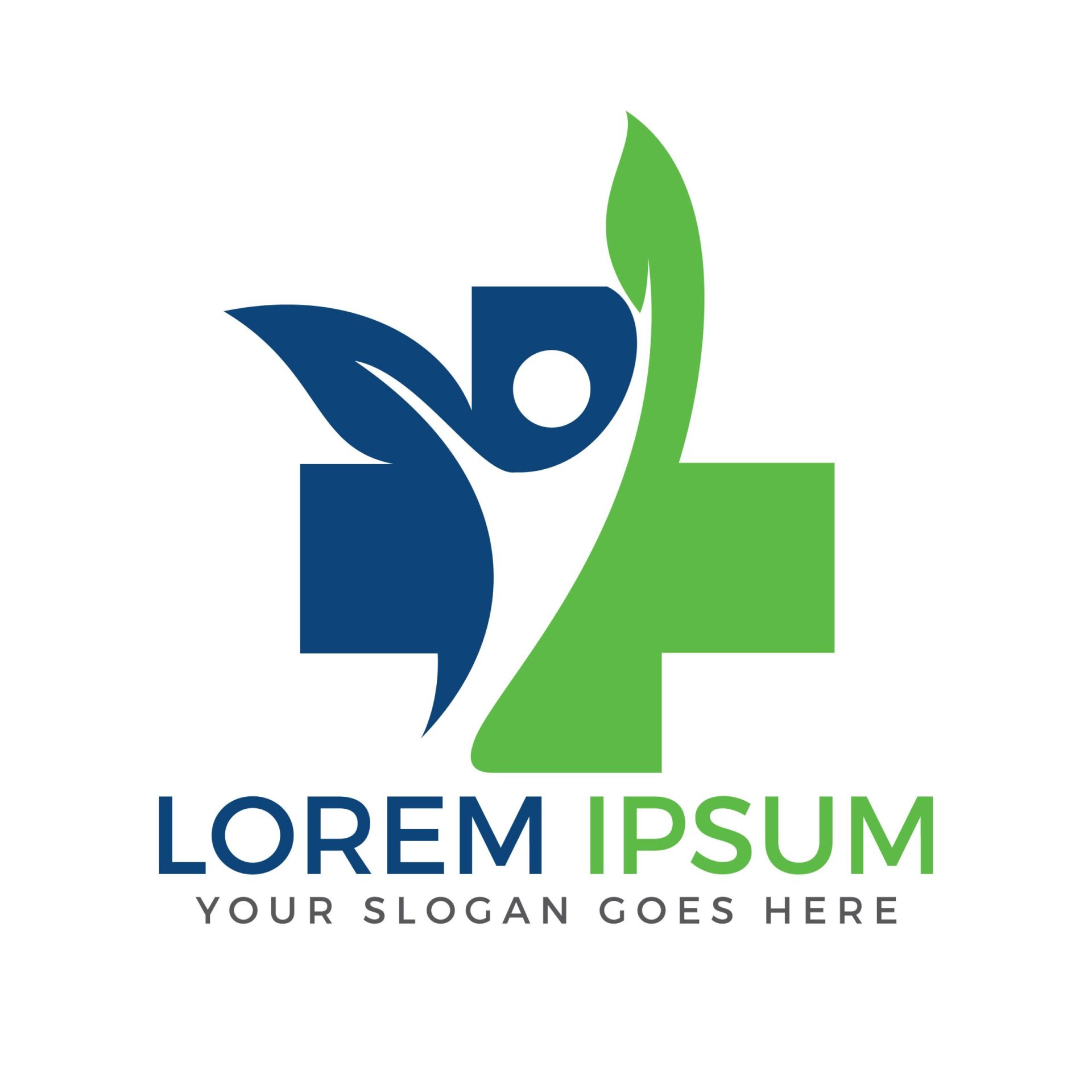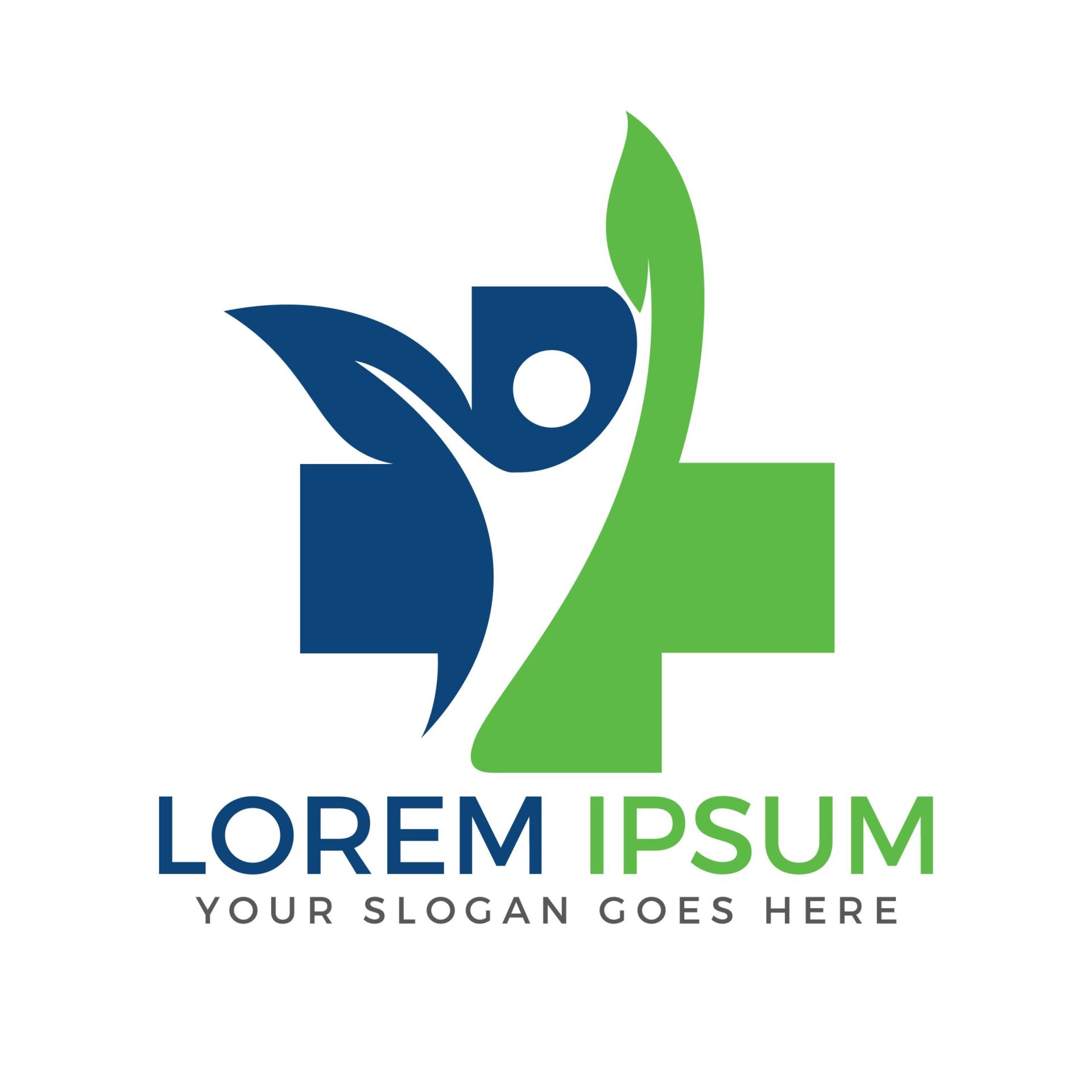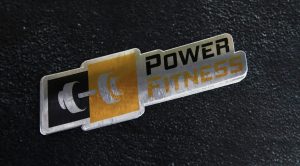Are you looking to establish a strong brand identity for your medical practice? One of the most effective ways to do so is through a well-designed logo. A logo serves as the visual representation of your healthcare practice and can convey your values, professionalism, and expertise to potential patients. Whether you’re setting up a new clinic, running a public hospital, or building a EMR for private practice, a strong brand identity is essential. In this article, we will explore some medical logo ideas that can help you create a distinctive brand identity that sets you apart from the competition.
Importance of a Well-Designed Medical Logo


A well-designed medical logo is crucial for several reasons. Firstly, it helps create a memorable brand identity that patients can easily recognize and remember. A strong logo can make your practice stand out in a saturated market, attracting more patients and establishing trust and credibility.
Secondly, a medical logo should reflect the essence of your practice. It should effectively communicate the type of healthcare services you offer, the target audience you cater to, and the values you uphold. A carefully designed logo can convey professionalism, compassion, innovation, and other qualities that are important to your practice.
Finally, a well-designed logo can be used across various marketing platforms, including your website, social media profiles, business cards, and promotional materials. Consistent use of your logo builds brand recognition and helps build trust and familiarity with your audience.
Key Elements of a Medical Logo


When creating a medical logo, it is essential to consider the key elements that will make it effective and memorable. Here are some important elements to keep in mind:
1. Simplicity
A simple logo design is often more effective in conveying your message clearly and memorably. Avoid cluttering your logo with too many details or intricate designs. A clean and minimalistic approach will make your logo more versatile and recognizable across different platforms.
2. Typography
Choosing the right typography is crucial in creating a professional and trustworthy image for your medical practice. Consider using clean, modern fonts that are legible and easy to read. It is also important to ensure that the font you choose aligns with your brand’s personality and values.
3. Color Palette
Colors play a significant role in logo design as they evoke emotions and convey messages. When selecting colors for your medical logo, consider the associations and feelings they evoke. Blue, for example, is often associated with trust and reliability, while green can signify growth, health, and nature. It is advisable to limit your color palette to two or three colors to maintain simplicity and consistency.
4. Iconography
Incorporating relevant icons or symbols into your medical logo can help visually represent your healthcare specialty or services. For example, a heart symbol may be suitable for a cardiology practice, while a stethoscope may be representative of general medical services. However, be cautious not to use clichéd or overly generic symbols that may dilute the uniqueness of your logo.
5. Scalability
Ensure that your logo design is scalable to various sizes without compromising its legibility or visual impact. Your logo should look equally impressive on a large billboard as it does on a business card or a website favicon. A scalable logo ensures consistent branding across different mediums.
Medical Logo Design Ideas
Here are some medical logo design ideas to inspire your creative process:
1. Abstract Symbolism
Create a unique and visually appealing logo by using abstract shapes or symbols that represent your medical practice. Abstract logos can be versatile and can be interpreted differently by individuals, allowing for a deeper connection with your brand. For example, you could use intersecting lines or curves to represent the connection between healthcare professionals and patients.
2. Lettermarks or Monograms
If your medical practice has a long name, consider using a lettermark or monogram logo. Lettermarks are logos that consist of the initials of your practice’s name, while monograms are typically composed of the first letters of each word in your practice’s name. These types of logos are effective in creating a concise and memorable brand identity.
3. Icon and Text Combination
Combine a relevant icon or symbol with your practice’s name to create a distinctive logo. This approach allows you to convey both the nature of your medical services and your practice’s identity. Ensure that the icon and typography complement each other and maintain a balanced visual hierarchy.
4. Geometric Shapes
Utilize geometric shapes such as circles, squares, triangles, or hexagons to create a visually appealing logo. Geometric shapes can convey a sense of stability, precision, and organization, which are qualities often associated with medical practices. Experiment with different combinations and arrangements to find a design that resonates with your brand identity.
5. Negative Space
Negative space refers to the empty space surrounding or within a design element. Incorporating negative space cleverly in your medical logo can create optical illusions or hidden meanings. This technique adds an element of intrigue and sophistication to your logo, making it memorable and distinctive.
Tips for Creating an Effective Medical Logo


To ensure the effectiveness of your medical logo, consider the following tips:
1. Know Your Target Audience
Understanding your target audience is crucial in designing a logo that resonates with them. Consider their demographics, preferences, and expectations when selecting colors, typography, and symbols for your logo.
2. Research Competitors
Conducting thorough research on your competitors’ logos can help you identify gaps in the market and avoid similarities. Aim to create a logo that differentiates your practice from others in your field.
3. Seek Professional Assistance
If you lack design skills or want to ensure a polished and professional logo, consider hiring a graphic designer or a branding agency. They have the expertise and experience to create a logo that aligns with your vision and effectively represents your medical practice.
4. Test for Legibility
Before finalizing your logo, test it for legibility across different mediums and sizes. Ensure that it is clear and easily readable when displayed on a computer screen, printed on a business card, or scaled down for social media profiles.
5. Ensure Scalability
As mentioned earlier, scalability is essential for maintaining a consistent brand identity. Make sure your logo remains visually appealing and recognizable when scaled up or down.
Final Thoughts


Creating a distinctive and memorable medical logo is an essential step in building a strong brand identity for your healthcare practice. Consider the key elements, design ideas, and tips discussed in this article to develop a logo that effectively represents your practice’s values, expertise, and professionalism. Remember that a well-designed logo can enhance your practice’s visibility, attract more patients, and establish a lasting impression in the minds of your audience.
Marietta Arnold is a branding and design enthusiast who draws inspiration from hobbies like hiking, photography, and art exploration. With a background in graphic design, she shares insights on branding strategies and logo design trends. Stay updated with Marietta’s work for the latest in branding and design.



